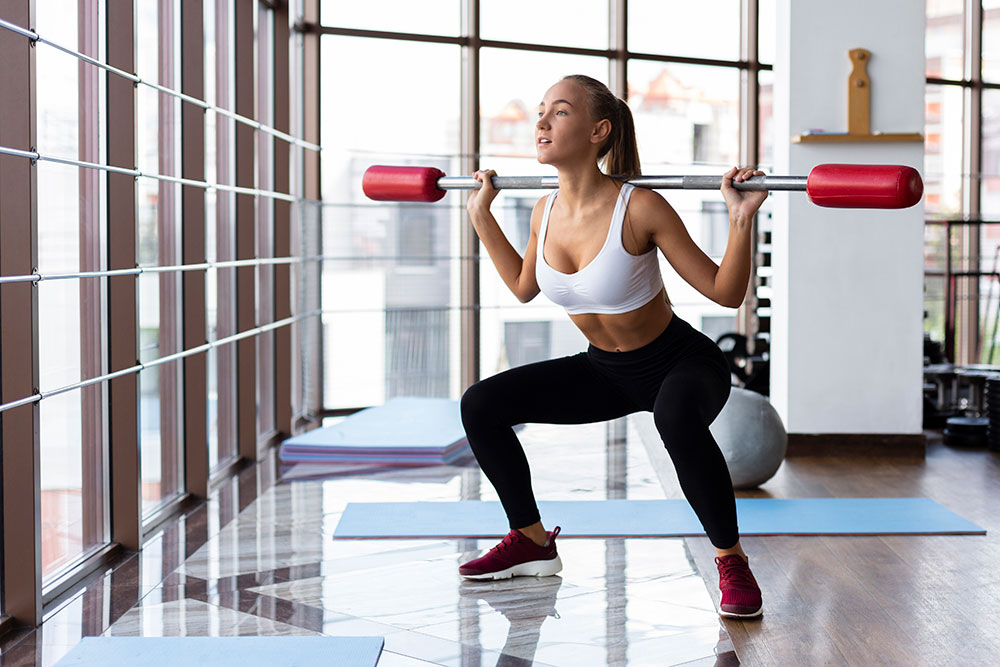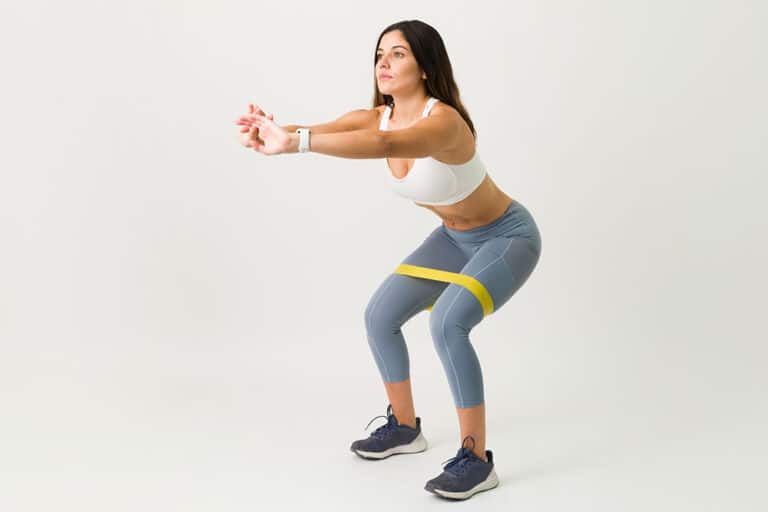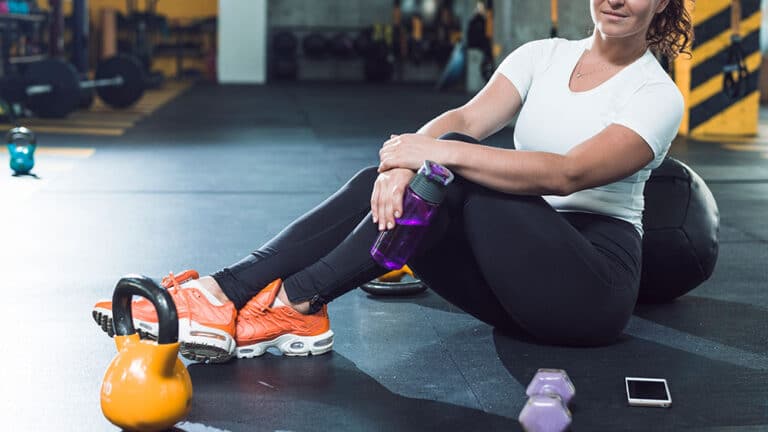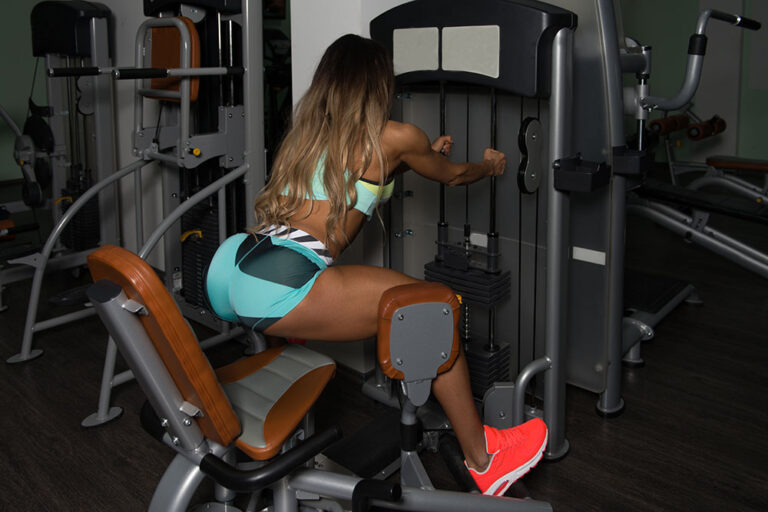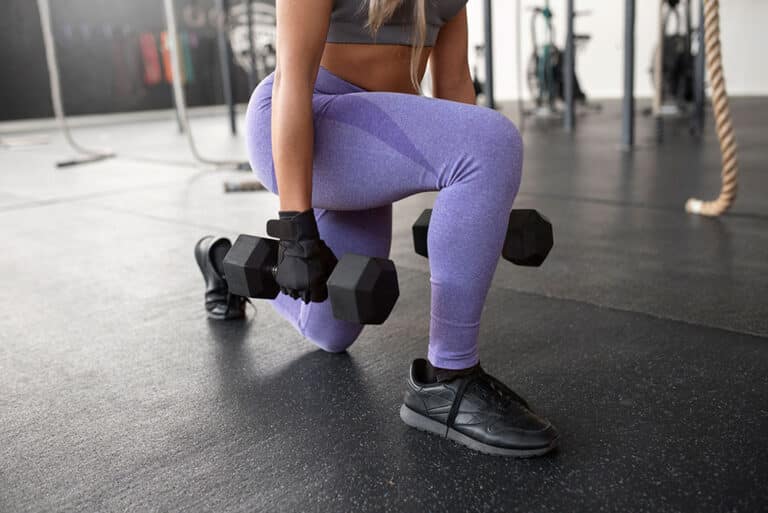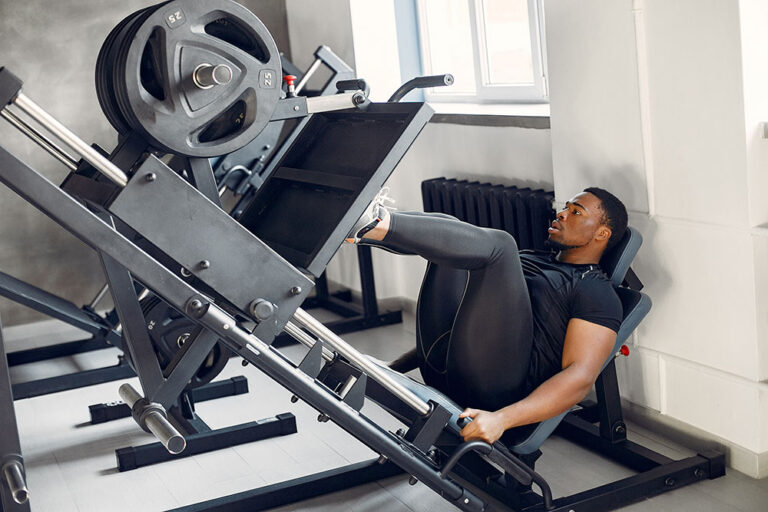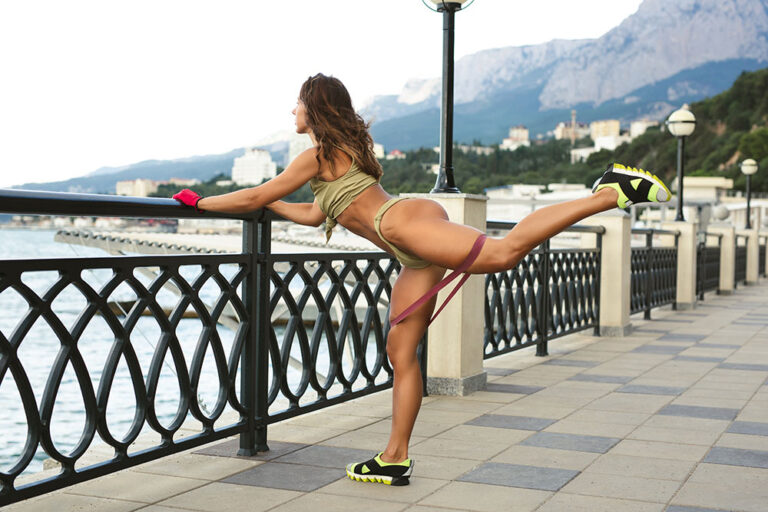Best Lower Body Workout Routine to do at Home
Introduction to the importance of lower body exercises
Are you ready to transform your home into a powerhouse of fitness? Lower body exercises are often overlooked, yet they hold the key to building strength and enhancing overall performance. Whether it’s climbing stairs without losing breath or powering through your favorite sports, strong legs and glutes make all the difference. With more people opting for at-home workouts, there’s never been a better time to focus on this essential aspect of fitness.
Imagine being able to sculpt firm thighs, toned calves, and a shapely backside—all from the comfort of your living room! Not only does working out at home save you time and money spent on gym memberships, but it also allows for flexibility in scheduling. Plus, with minimal equipment needed, getting started is easier than ever. Dive into our best lower body workout routine that you can do right at home and discover how simple it is to achieve those fitness goals!
Benefits of working out at home
Working out at home offers unmatched convenience. You can exercise whenever it fits your schedule, eliminating the need for travel time to a gym.
The comfort of your own space allows you to focus entirely on your workout without distractions. No self-consciousness about how you look or what others think.
Financial savings are significant as well. You avoid membership fees and transportation costs, making it easier to invest in essential equipment instead.
Flexibility is another major perk. Whether you’re an early bird or a night owl, you control when and how long you work out.
Home workouts also let you create a personalized routine that suits your preferences and goals. With countless online resources available, variety ensures you’ll never get bored with your regimen.
Exercising at home fosters consistency—an essential ingredient for achieving fitness goals over time.
Essential equipment needed for a lower body workout at home
Creating an effective lower body workout at home doesn’t require a lot of fancy equipment. In fact, you can achieve impressive results with just a few essentials.
A good pair of resistance bands can enhance your workouts significantly. They are versatile and perfect for exercises like squats and glute bridges. Plus, they take up minimal space.
Dumbbells are another fantastic addition. Start with lighter weights to master your form before progressing to heavier ones. They add intensity to lunges and deadlifts.
If you’re looking for bodyweight options, a sturdy chair or bench serves as excellent support for step-ups or tricep dips.
Don’t underestimate the power of a yoga mat. It provides comfort during floor exercises and helps prevent slipping on hard surfaces.
With these tools in hand, you’ll be well-equipped to tackle any lower body routine from the comfort of your home.
Warm-up exercises
Before diving into any workout, warming up is crucial. It prepares your muscles and joints for the movements ahead.
Start with some dynamic stretches. Leg swings are perfect; they help loosen up your hips and thighs. Stand on one leg while swinging the opposite leg forward and backward.
Next, try high knees to get your heart pumping. This exercise not only warms you up but also engages your core.
Don’t forget about lunges with a twist! Step forward into a lunge position, then rotate your torso toward the front knee. This move enhances flexibility and activates various muscle groups in your lower body.
Spend at least 5-10 minutes on these warm-up exercises. A proper warm-up can reduce injury risk while maximizing performance during your workout session.
Lower body workout routine: step by step guide
To kick off your lower body workout, start with squats. Stand with feet shoulder-width apart and lower your hips as if sitting back in a chair. Keep your chest up and push through your heels to return to standing.
Next, try lunges. Step forward with one leg while bending both knees at 90 degrees. Alternate legs for a balanced routine that engages your thighs and glutes.
Move on to glute bridges. Lie on your back with knees bent. Raise your hips until they form a straight line from shoulders to knees, then slowly lower down.
Finish the routine with calf raises. Stand tall and lift yourself onto the balls of your feet, holding briefly before descending again.
Repeat each exercise for three sets of 10-15 reps based on fitness level. Adjust intensity by adding weights or increasing repetitions over time!
Tips for maintaining proper form and avoiding injuries
Maintaining proper form during your lower body workouts is crucial for maximizing results and preventing injuries. Start by engaging your core. A strong core supports the spine, keeping you stable throughout each movement.
Focus on alignment as you perform exercises. Keep your knees in line with your toes to avoid strain on the joints. This is particularly important for squats and lunges.
Take things slow. Rushing through reps can lead to poor technique, increasing injury risk. Prioritize control over speed; quality matters more than quantity.
Listen to your body. If something feels off or painful, stop immediately and assess what might be wrong. Modifying an exercise may be necessary rather than pushing through discomfort.
Don’t hesitate to seek guidance from online resources or fitness communities that emphasize correct form in their tutorials or discussions.
Cool down stretches
Cooling down after your lower body workout is essential for recovery. It helps reduce muscle soreness and restores your heart rate to its normal level. Stretching also improves flexibility, which can enhance performance in future workouts.
Start with standing quad stretches. Hold one foot behind you while balancing on the other leg. This targets those tight thighs beautifully.
Next, try hamstring stretches by sitting on the floor and reaching for your toes. Feel that gentle pull along the back of your legs as you breathe deeply.
Don’t forget calf stretches! Stand facing a wall, place one foot behind the other, and lean forward slightly to feel it work.
Incorporate hip openers like seated butterfly stretches. Sit with the soles of your feet together and gently push down on your knees for a relaxing finish to your routine. These simple moves pave the way for recovery and prepare you for tomorrow’s challenges ahead.
Alternative exercises for beginners or those with injuries
For beginners or anyone recovering from an injury, alternative exercises can provide a safer way to strengthen the lower body. Focus on low-impact movements that minimize stress on joints.
Bodyweight squats are excellent to start with. They help build strength without heavy weights. Adjust the depth of your squat based on comfort levels.
Seated leg lifts are another great option. While sitting in a sturdy chair, simply lift one leg at a time. This works the hip flexors and quadriceps safely.
Resistance bands can also be helpful for gentle resistance training. Lateral band walks target your glutes while being easy on the knees.
Don’t underestimate walking as effective lower body exercise. It’s simple yet powerful for building endurance and stability over time. Choose flat surfaces initially if balance is a concern, gradually progressing as you gain confidence and strength.
Incorporating cardio into your lower body routine
Cardio can be a game-changer when it comes to enhancing your lower body workout routine. It boosts endurance, burns calories, and improves overall heart health.
Try integrating high-intensity interval training (HIIT) into your sessions. Combine strength exercises like squats or lunges with short bursts of cardio such as jumping jacks or mountain climbers. This keeps your heart rate up while targeting those leg muscles.
You can also opt for longer steady-state options like brisk walking or jogging in place between sets. This allows you to recover while still actively working the lower body.
Don’t overlook tools like jump ropes or resistance bands; they add variety and challenge to your workouts. Mixing these elements not only makes exercising more enjoyable but also maximizes results over time. Keep experimenting until you find what works best for you!
The importance of rest days and how often to do
Rest days are a crucial component of any workout routine, including the best lower body workout routine to do at home. They allow your muscles to recover and repair, reducing fatigue and preventing injuries. Without adequate rest, you may find yourself feeling sore or fatigued, which can hinder your performance during workouts.
It’s essential to listen to your body when determining how often to take rest days. If you’re just beginning with lower body exercises or increasing intensity, consider incorporating one or two rest days per week. This will give your muscles time to adapt while still making progress.
For those more seasoned in their fitness journey, aim for at least one complete rest day each week. On these days, focus on light activities like walking or stretching instead of intense workouts. Remember that recovery is just as important as exercise itself; it builds strength and endurance over time.
Finding the right balance between training and resting will help you achieve better results from your workouts. With consistent effort and proper care for your body, you’ll enjoy improved strength in no time.
- About the Author
- Latest Posts
Johnnie D. Jackow Sr., the founder and CEO of Total Body Fitness, Worldwide, has a long-standing career in the fitness industry. He began as a certified personal trainer in the mid-90s and soon after authored his first weight loss book in 1998. This led to the launch of Total Body Fitness, Nationwide in the USA at the same time. Johnnie gained recognition as the fitness guru of his time, running infomercials on local TV late at night in Houston, Texas. Over the years, he has helped more than 40,000 individuals from all over the world achieve their health and fitness goals. With over 60,000 hours of documented training in integrative functional medicine, he completed his PhD in human physiology in 2010. His primary objective is to assist people in reaching their health and fitness goals through alternative approaches rather than relying solely on conventional medicine and pharmaceutical drugs. Today, with almost three decades of experience under his belt, Johnnie continues to be a leader in health and fitness.

